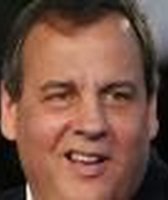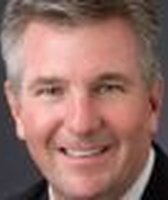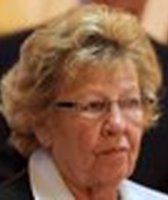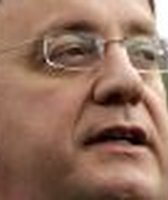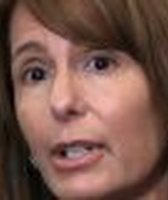Get PolitiFact in your inbox.
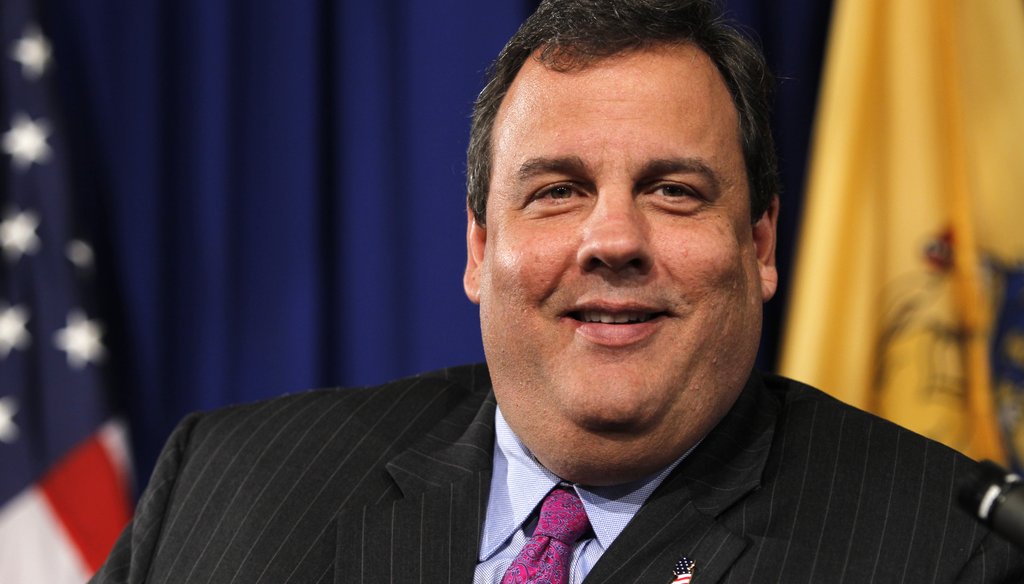
Chris Christie is the most frequent guest on PolitiFact New Jersey's Truth-O-Meter.
New Jersey’s long been known as the most densely populated state in the country.
But it seems the state also ranks tops in the nation for a different, but similar statistic, according to Gov. Chris Christie.
"We have more government employees per square mile than any state in America," the governor said during a recent town hall meeting in Westwood, in response to a question from an audience member.
That might be the case according to a formula from the state Labor Department, but at least one economist calls the metric "silly," PolitiFact New Jersey found.
Verifying the statement is more complex than it seems, for a variety of reasons. Chief among them: the U.S. Bureau of Labor Statistics, a national go-to source for labor data from across the nation, does not track employment by square mile, according to spokesperson Stacey Standish. The agency does, however, compile data based on monthly surveys of approximately 140,000 governments and business agencies representing about 486,000 work sites in the country, she said.
"It’s a federal state cooperative survey so we do work with the state Department of Labor to conduct the survey," Standish said. "It’s mainly a survey to count the number of jobs. We do ask a few other questions about average earnings and hours."
The BLS’ surveys do not count military personnel or employees of intelligence agencies including the CIA, National Security Agency, National Imagery and Mapping Agency or the Defense Intelligence Agency, Standish said.
But Brian T. Murray, director of communications and marketing for the New Jersey Department of Labor and Workforce Development, said Christie’s statement is accurate.
Murray broke down the numbers by comparing total nonfarm, seasonally adjusted government employment (federal, state and local) from December 2010 to December 2011. The number of government employees year-over-year fell by 3,000.
The December 2011 employment figure for each state was then divided by that state’s total land area in square miles to determine the number of government employees per square mile. New Jersey ranked number one, with 85 employees per square mile.
Gary Steinberg, a BLS spokesperson, said his office does not comment on another agency’s use of labor data or specific BLS statistics. But Steinberg confirmed that the number of government employees in New Jersey dropped by 3,000 from December 2010 to December 2011.
Following the state Labor Department’s formula Rhode Island, Massachusetts, Maryland and Connecticut rounded out the top five. Significantly larger states than New Jersey such as New York ranked 7th, California, 13th; Texas, 27th; Alaska, 50th.
"New Jersey has a shocking amount of government, including municipalities, counties, the state, school boards and their school districts, higher education institutions and authorities and other boards, all of which literally amount to thousands of governing bodies and governmental units overseeing a vast state public employee work force," Christie spokesman Michael Drewniak said in an e-mail. "The issue of the costs of all these layers of government, as you know, is part of major policy discussion in Trenton, as the Governor’s Office and the Legislature consider consolidation in NJ."
The rankings are quite different, however, when the number of government employees is divided by each state’s population total from the 2010 census. For that formula, Wyoming ranks first, New Jersey 35th.
We wondered if New Jersey’s population density automatically skews the figures and results. A number of economists we talked with were skeptical of measuring government employment by square mile.
So whose formula is the acceptable standard? It comes down to who you talk to, we found.
"Government employees per square mile is a silly concept," Harry Holzer, a professor of public policy at Georgetown University’s Public Policy Institute, said in an e-mail. "Since NJ is a geographically small but populous state, the number of government employees per capita makes much more sense. But even that number is not very revealing. NJ is also a relatively high-income state, and the demand for government services often rises as income rises.
"So the ultimate question is whether or not the quantity and quality of services that NJ residents demand can be met more efficiently, and through a smaller number of employees....and most of us would need to be agnostic on that front," added Holzer, a former chief economist for the U.S. Department of Labor.
To comment on this story, go to NJ.com.
Our Sources
Audiotape of Gov. Chris Christie town hall meeting, Westwood, recorded Feb. 29, 2012
Email interview with Michael Drewniak, spokesman, Gov. Chris Christie, March 1, 2012
Email interview with Brian T. Murray, communications and marketing director, New Jersey Department of Labor and Workforce Development, March 1 and 2, 2012
Phone interview with Stacey Standish, spokesperson, U.S. Bureau of Labor Statistics, March 2, 2012
U.S. Bureau of Labor Statistics website data tables, accessed March 2 and 7, 2012
NJ.com, "N.J. has the lowest number of public workers in 8 years, analysis shows," Aug. 30, 2011, accessed March 5, 2012
Phone interview with Gary Steinberg, spokesperson, U.S. Bureau of Labor Statistics, March 7, 2012
U.S. Census Bureau website, accessed March 7, 2012
EnchantedLearning.com website, accessed March 7, 2012
E-mail interview with Professor Harry Holzer, Georgetown University’s Public Policy Institute, March 13, 2012

